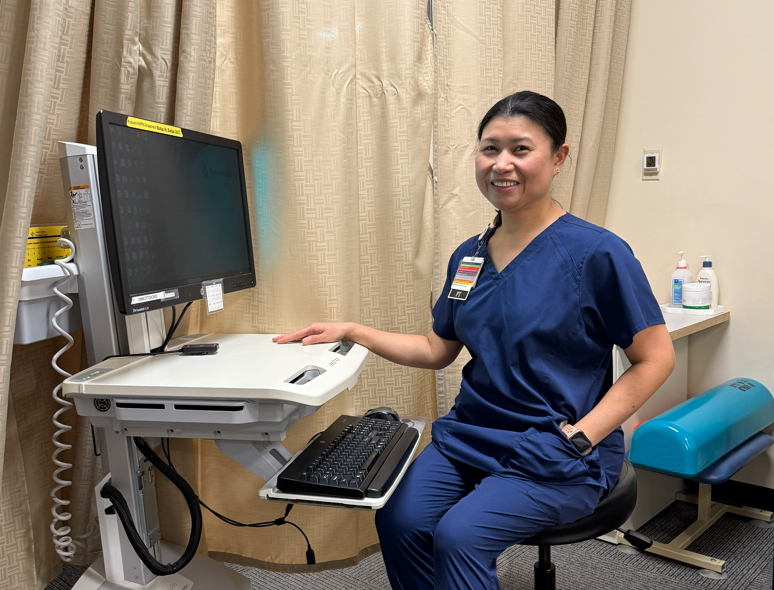COVID-19 is bringing new relevance to Sutter’s longstanding electronic intensive care units (eICUs) and to telemedicine. The integrated healthcare network’s two eICU hubs, one in San Francisco and one in Sacramento, enable it to provide hospitalized critical care patients, including COVID-19 patients, in both rural and urban hospitals with the safest, most advanced medical care—as well as expanding the system’s critical care bed surge capacity during the pandemic.
Tom Shaughnessy, M.D. and medical director of Sutter’s Bay Area eICU, says the program’s goal hasn’t changed much since its earliest days: “Making sure the sickest patients across the system’s geographically diverse footprint get access to specially trained nurses and doctors 24-hours a day,” he says.
Sutter’s innovative eICU program began in 2004 and the first of its kind on the West Coast.
Expanding Critical Care during a Pandemic
eICUs allow critical care doctors and nurses to check in on patients remotely using cameras, microphones, alarms and other monitoring tools. This approach not only helps protect on-site physicians, critical care nurses and other professional staff at the patient’s bedside, it also conserves precious personal protective equipment (PPE) and helps provide backup to caregivers who may be stretched thin at both rural and urban ICUs. Electronic ICUs have also helped increase critical care bed capacity in the event of a COVID-19 patient surge.
Read more on CNET.com about how Sutter’s eICU is helping the integrated network handle the influx of patients during the pandemic.
“If you choose to live in a rural community, it doesn’t mean your health should suffer because you don’t have access to the resources that you need,” says Vanessa Walker, D.O., a pulmonary critical care physician and director of the eICU for the Valley area of Sutter Health.
“Sutter’s eICU program has been especially beneficial to nursing staff at our smaller hospitals. [In this pandemic], they’ve had to take a crash course on managing incredibly complicated patients. Our eICU nurses have been there to help, whether it was for a second signature for medications to prevent further exposure or as a practical guide on how to place a patient in a prone position. The teamwork between the eICU and the bedside has been phenomenal,” she says.






